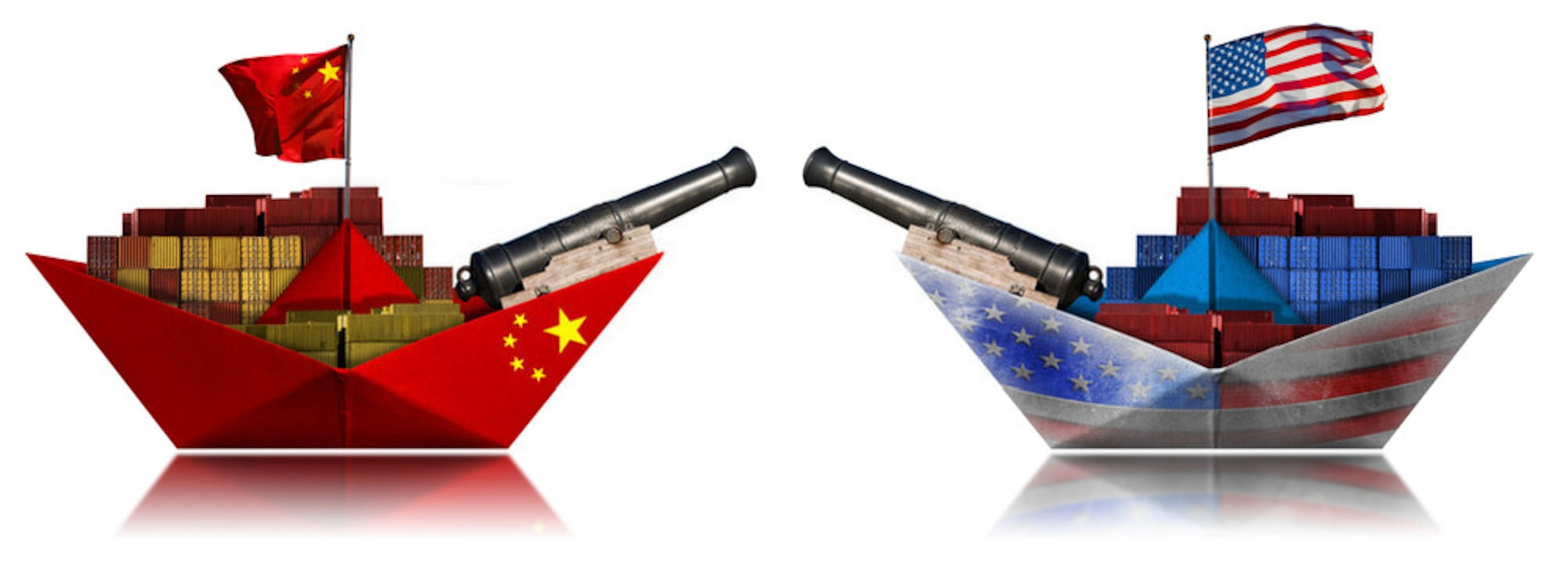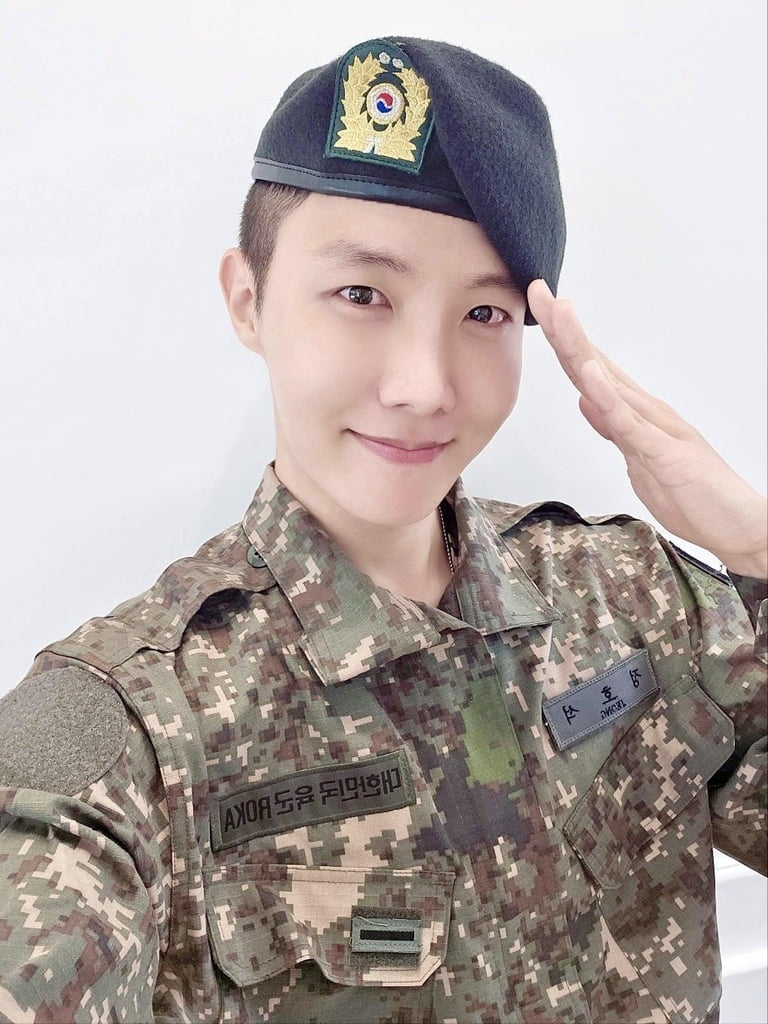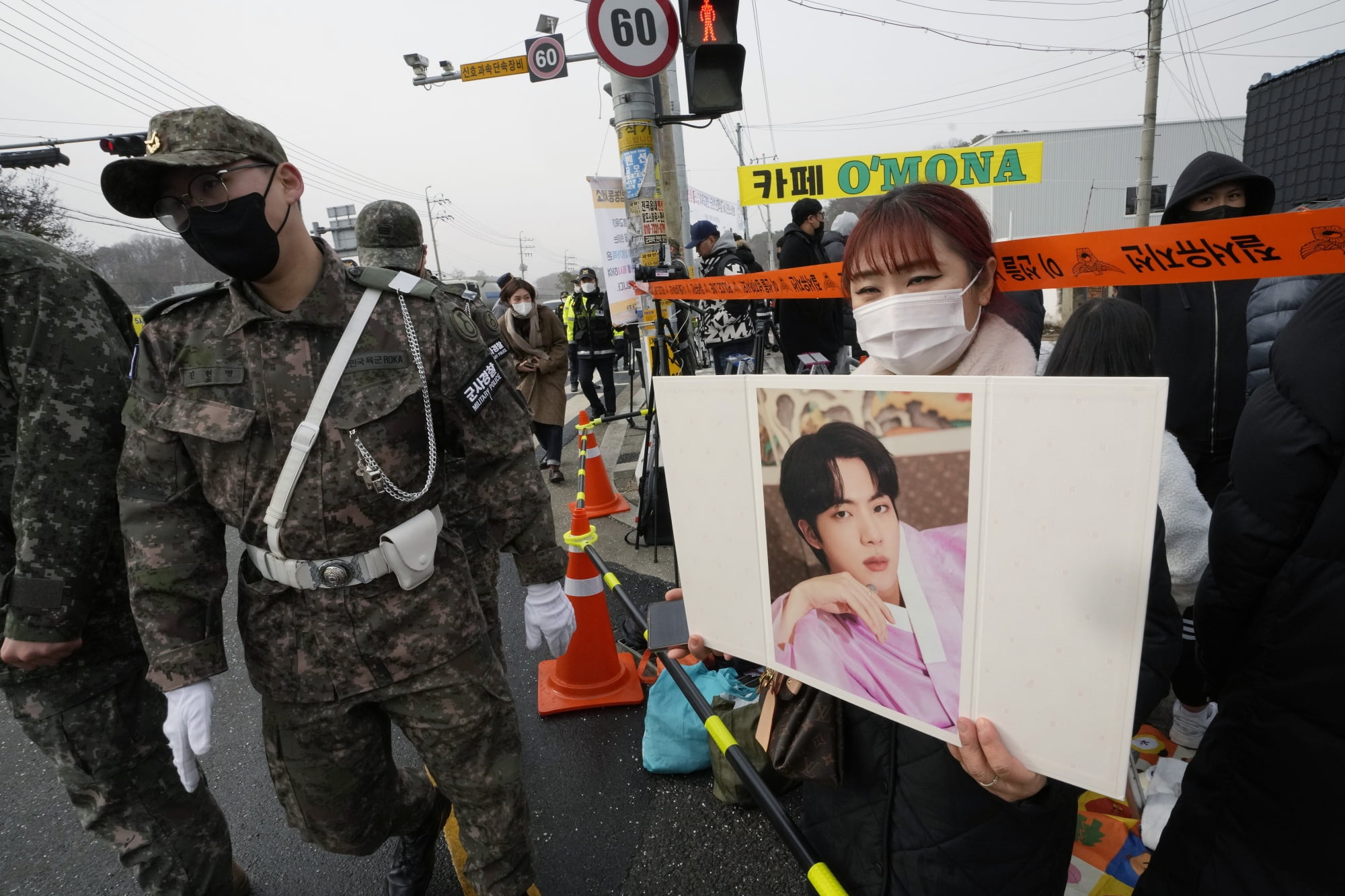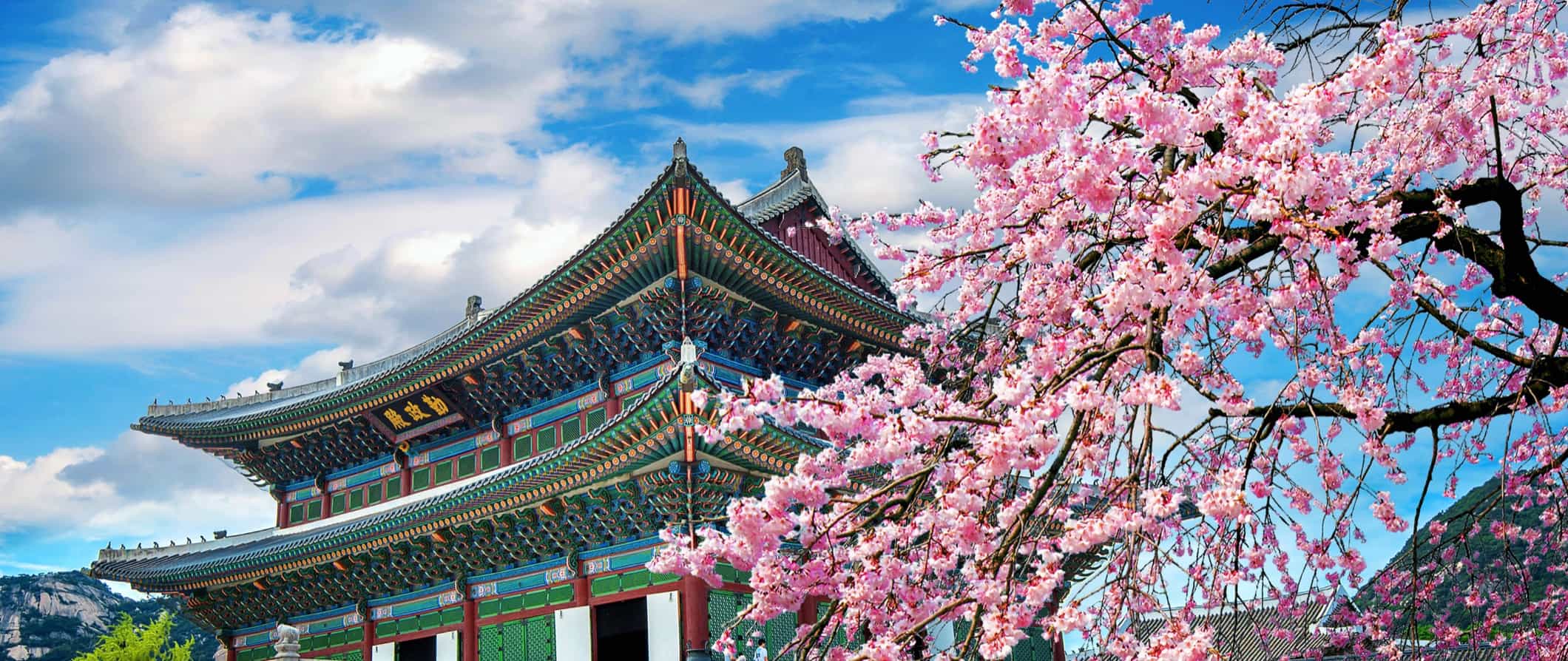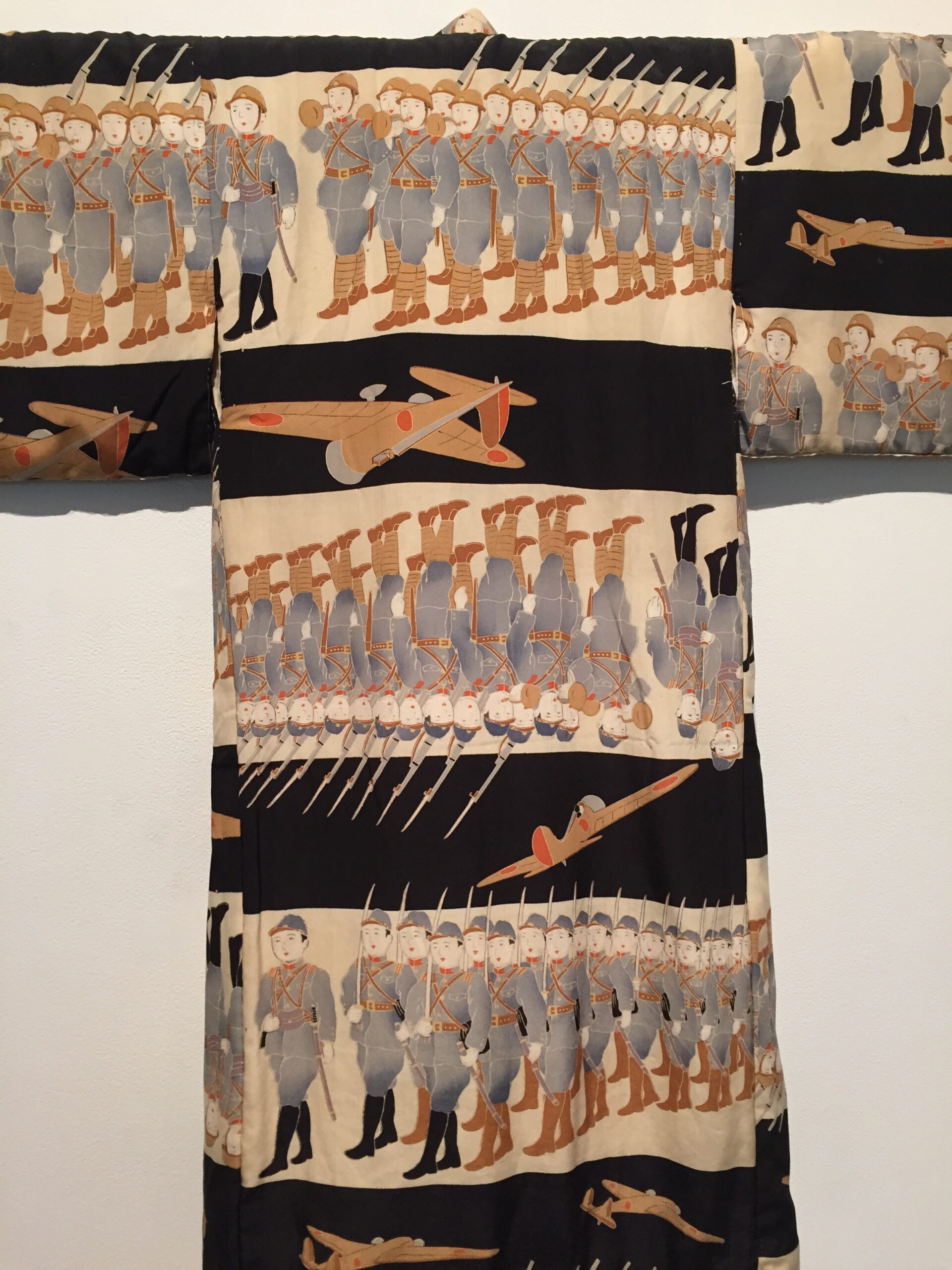Decoding the Chinese PLA: Unraveling the Secrets of China's Powerful Military
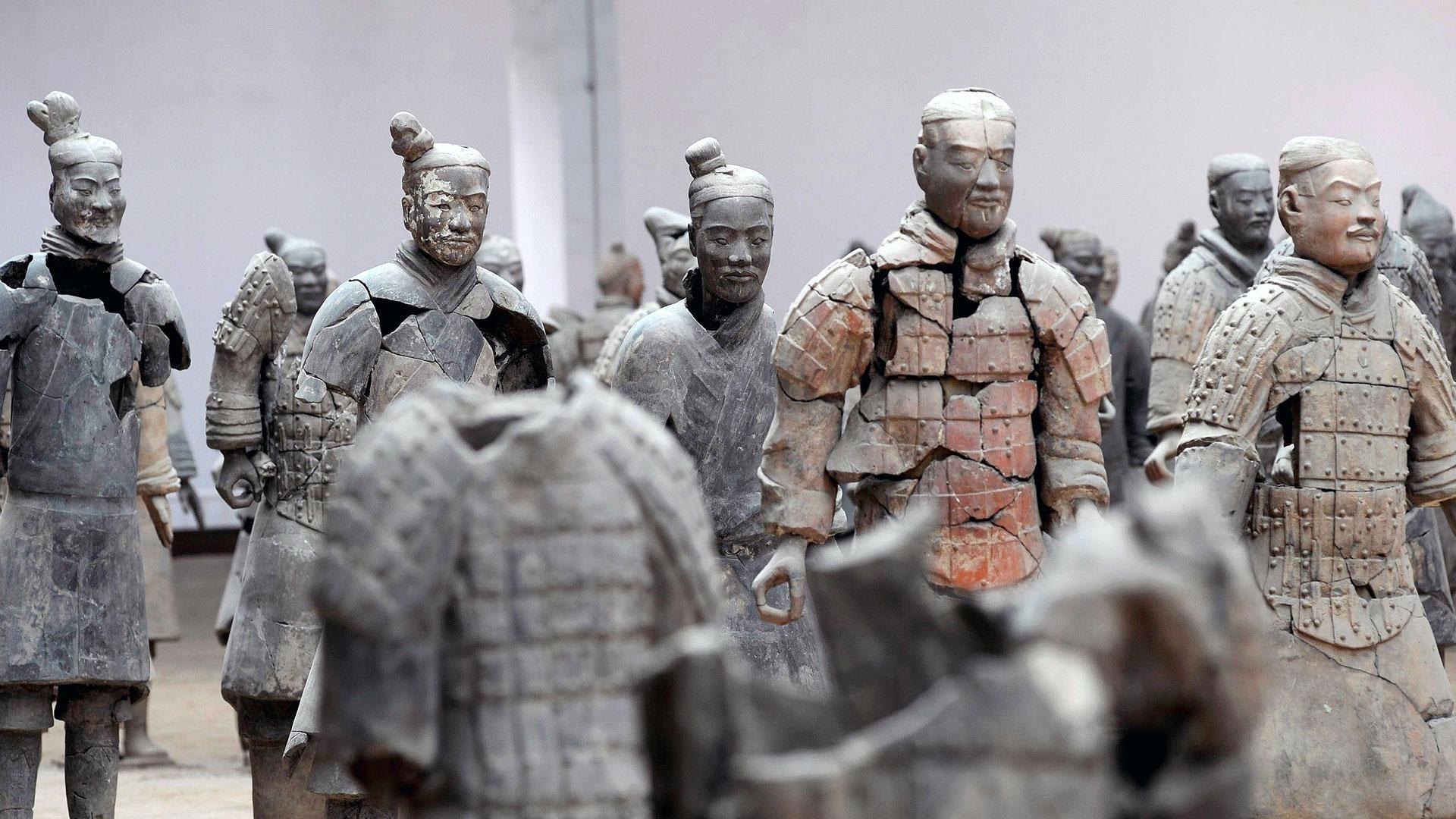
Welcome to Military Uniforms Worldwide! In this article, we will explore the fascinating world of the Chinese People's Liberation Army (PLA) and dive into their distinctive uniforms. Join us as we uncover the history, designs, and significance behind the PLA's attire. Get ready to discover the cultural richness hidden within the Chinese PLA uniforms.
The History of Chinese PLA Uniforms
Chinese PLA, or People's Liberation Army, has a rich history reflected in its military uniforms. From its early days to the present, the PLA has undergone several changes in its uniform design and style.
Early Days:
The PLA was established in 1927, during the Chinese Civil War. At that time, their uniforms were heavily influenced by the Soviet Union, as the early PLA received substantial support from the USSR. These early uniforms featured a distinct olive green color, with round collar jackets and peaked caps. The style was practical, designed for guerrilla warfare and long marches.
1960s-1970s:
During the Cultural Revolution, the PLA uniforms went through a significant transformation. Mao Zedong, the leader of China, aimed to create a sense of equality among soldiers and downplay individualism. Uniforms became simpler and more standardized, with plain gray-green colors and minimal decorations. This period also saw the introduction of the iconic cap with a red star.
Modern Era:
In recent decades, the PLA uniforms have modernized to adapt to changing military needs and to portray a more professional image. The current uniforms display a mix of traditional elements, such as Mandarin collars and rank insignias, with modern designs and materials. They are now available in different camouflage patterns suitable for various terrains and operational requirements.
Symbolism in Chinese PLA Uniforms
Chinese PLA uniforms come with various symbols and patches that carry significant meaning. These symbols not only denote rank and military branch but also represent the principles and values upheld by the PLA.
Red Star:
The red star is perhaps the most recognizable symbol on Chinese PLA uniforms. It represents the Communist Party of China (CPC) and signifies loyalty to the party's ideology. The red color symbolizes the revolution and the unyielding spirit of the Chinese people.
PLA Insignias:
On the shoulders of the uniforms, soldiers wear insignias indicating their rank and branch. These insignias consist of gold or silver stars, bars, or stripes, depending on the level of authority. They also feature patches representing specific military units or divisions.
Functional Features of Chinese PLA Uniforms
Chinese PLA uniforms have evolved to incorporate functional features that enhance performance and meet the demands of modern warfare.
Camouflage:
To adapt to different environments, PLA uniforms now include a range of camouflage patterns. These patterns offer effective concealment in diverse terrains, such as woodland, desert, or urban settings. Camouflage helps soldiers blend into their surroundings and avoid detection.
Technology Integration:
In recent years, the PLA has integrated technology into their uniforms. This includes incorporating smart fabrics with moisture-wicking properties, temperature regulation, and even bullet-proof materials. Additionally, communication devices and equipment can be seamlessly integrated into the uniform, enhancing connectivity and operational efficiency.
Ergonomic Design:
The PLA places great importance on comfort and mobility. Uniforms are designed with ergonomic considerations, allowing soldiers to move freely and perform their duties effectively. Features such as adjustable straps, reinforced stitching, and breathable materials ensure the uniform is suitable for extended periods of wear in varying conditions.
Questions asked by our uniform blog followers
What is the Chinese People's Liberation Army (PLA) uniform like?
The Chinese People's Liberation Army (PLA) uniform has undergone several changes over the years. Currently, the standard PLA uniform consists of a green or blue-gray colored tunic with a high collar and four front pockets. The tunic is typically made from a lightweight and durable fabric. The pants are usually matching in color and are worn with a black or brown belt.
The shoulder epaulets on the uniform indicate the rank of the wearer. Higher-ranking officers have more elaborate epaulets with additional insignia. The collar of the uniform usually features a metal pin with the PLA emblem, which consists of a star and a roundel with a red background.
In addition to the standard uniform, the PLA also has specialized uniforms for different branches and functions. For example, the naval uniform is typically navy blue in color, while the aviation uniform often features a two-tone combination of blue and white or blue and gray.
It's important to note that the PLA uniform may vary depending on the branch, rank, and specific duties of the military personnel.
How does the Chinese PLA uniform differ from other military uniforms?
The Chinese PLA (People's Liberation Army) uniform differs from other military uniforms in several ways.
1. Color: The PLA uniform typically features a dark green or olive green color, which is different from the more common camouflage patterns seen in many other military uniforms.
2. Design: The design of the PLA uniform has a distinct style. The jacket often has a high collar and four pockets, two on the chest and two on the lower part. The trousers are usually straight-legged and have large cargo pockets on the sides.
3. Insignia: The PLA uniform displays unique insignia that signify rank and branch. The PLA uses a system of red and yellow shoulder boards or epaulets, collar tabs, and sleeve patches to indicate rank and division.
4. Hat: In formal occasions, the PLA uniform is usually worn with a peaked cap. The cap has a red star emblem at the front, which is a symbol of the Communist Party of China.
5. Symbolism: The PLA uniform often incorporates symbols representing Chinese culture and history. For example, the collar tabs may feature intricate embroidery of traditional Chinese motifs or the PLA logo.
Overall, the Chinese PLA uniform reflects the country's unique military heritage and cultural identity. Its distinctive design and symbolism set it apart from other military uniforms around the world.
Are there specific symbols or insignia on the Chinese PLA uniform that hold significant meaning?
Yes, there are several symbols and insignia on the Chinese People's Liberation Army (PLA) uniform that hold significant meaning.
Red Star: The most prominent symbol on the PLA uniform is the red star. It represents communism and is a symbol of the Communist Party of China's leadership over the military.
Rank Insignia: The PLA uses a system of insignia to denote the rank of its personnel. The ranks are indicated by stars, bars, or other symbols worn on the shoulder boards, collar tabs, or sleeves of the uniform. These insignia signify the individual's position within the military hierarchy.
PLA Crest: The PLA crest is often displayed on the cap or beret of the uniform. It features a five-pointed star surrounded by ears of wheat, symbolizing the close relationship between the military and the people.
National Flag: The Chinese national flag is typically worn as a patch on the uniform's sleeve. It represents the patriotic allegiance of the PLA soldiers to their country.
Unit Insignia: Some units in the PLA have their own unique insignia to represent their specific branch or division. These insignia can include symbols related to the unit's history, location, or function.
Overall, these symbols and insignia on the Chinese PLA uniform serve to convey important messages about ideology, rank, loyalty, and unit affiliation.
In conclusion, the Chinese PLA (People's Liberation Army) military uniform holds significant historical and cultural meaning. Its design reflects a blend of traditional Chinese elements with modern influences, showcasing the nation's commitment to its heritage while embracing advancements in technology and warfare tactics.
The PLA's distinctive color scheme, featuring a combination of olive green and dark blue, represents unity and resilience in the face of challenging environments. The inclusion of the star insignia on the cap and shoulder patches symbolizes the Communist Party's leadership and the soldiers' loyalty to their country.
Furthermore, the functional aspects of the PLA uniform demonstrate the military's focus on practicality and adaptability. The incorporation of lightweight fabrics, adjustable features, and modular designs allows for ease of movement and customization according to various operational requirements.
It is important to note that the PLA uniform not only serves as a tool for identification and protection but also carries deep symbolic significance within China's military culture. The wearing of uniforms instills a sense of discipline, unity, and pride in soldiers, fostering a strong sense of belonging and identity.
Overall, the Chinese PLA uniform represents a harmonious fusion of tradition and innovation, embodying the strength and determination of the nation's armed forces. By considering its design, symbolism, and functionality, one can appreciate the unique characteristics that make it an integral part of China's military history and identity.


